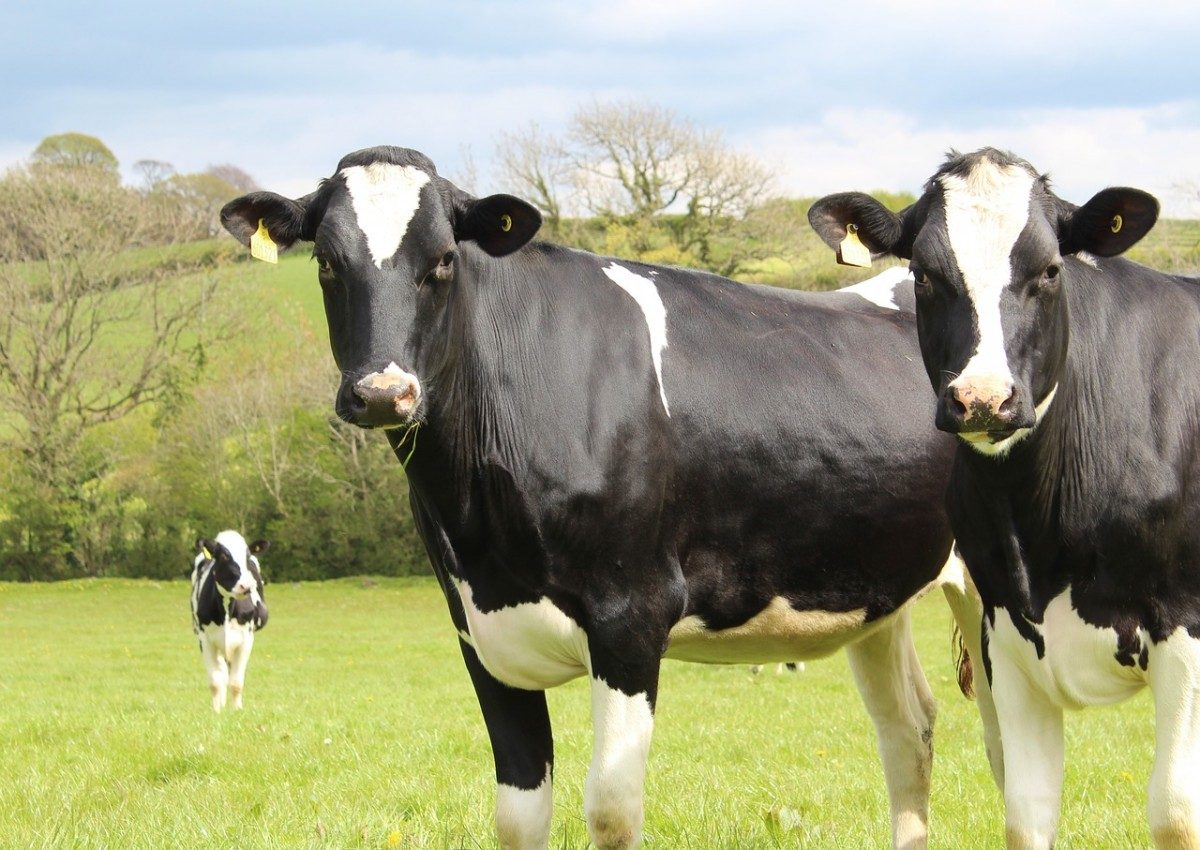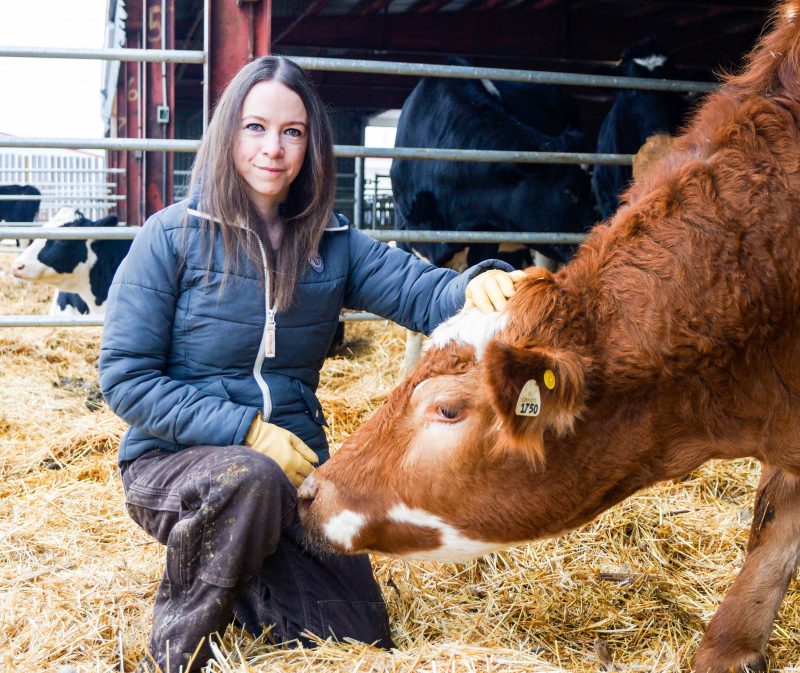
From farms, to treating municipal wastewater
Two U of M studies receive federal funding
On May 3, the Honourable Kirsty Duncan, Minister of Science and Sport, announced over $44 million in funding to Canadian researchers finding solutions to problems in fields such as environmental and agricultural science, information and communications technologies, mining and energy, and advanced manufacturing.
Two University of Manitoba researchers received support from the Strategic Partnership Grants program, funded by the Natural Sciences and Engineering Research Council of Canada: Animal science professor Emma McGeough, and civil engineer Jan Oleszkiewicz.
“I congratulate Drs. McGeough and Oleszkiewicz on their success in receiving these funds,” said Dr. Digvir Jayas, vice-president (research and international) and Distinguished Professor at the U of M. “These projects connect Canada’s brightest researchers with industry, government and other partners to transform fundamental science into tangible benefits for Canadians.”
Emma McGeough (animal science) and Doug Cattani (plant science) will receive $806,945 for the project “Perennial forage grains for fall grazing of beef cattle.”
Extending the grazing season by maintaining cattle on pasture in late fall/winter has been adopted by many Prairie beef producers, as it significantly reduces labour and feed costs compared to feeding in confinement. A dual-purpose forage (within a single growing season) can enhance sustainable crop/livestock intensification and offer beef producers an alternative option to help cope with the challenges that arise from conventional annual and perennial forages, such as lower feed quality and the need for synthetic fertilizer inputs for late fall/early winter cattle grazing.
Through a multidisciplinary, collaborative effort, McGeough and Cattani’s project will evaluate the perennial grain intermediate wheatgrass as a dual-purpose crop to provide both a cash food grain crop and high-quality forage regrowth for grazing cattle into the late fall and early winter. During this time of year the quality of the typically offered stockpiled forages (i.e. forages left standing from an early season harvest or grazing event) is generally low. This project will encompass assessments of agronomic and cattle performance, grain and forage quality, environmental sustainability indicators such as enteric methane emissions, nitrogen and carbon cycling, ecosystem services in terms of songbird and nesting waterfowl habitat, greenhouse gas footprinting, as well as the economic potential of the intermediate wheatgrass as a novel food and feed crop.
Jan Oleszkiewicz (civil engineering) will receive $357,995 for his project “Aerobic granular sludge in continuous flow reactor configuration.”
At issue: Canada’s wastewater treatment plants are mandated by federal and provincial regulations to upgrade to full removal of organics and fertilizing nutrients which lead to deterioration of rivers and lakes. A traditional upgrade of such plants would require significant increase of land (often not available) and capital costs; they also carry burdensome operating costs, which could be overwhelming for a city such as Winnipeg. Thus, Oleszkiewicz will explore how he can develop the new and highly effective technology of aerobic granular sludge (AGS).
All wastewater treatment plants use bacteria, which feed on waste and eventually settle to the bottom of a vessel, allowing clean water to continue along the pipeline. AGS continues this tradition, and is remarkably fast at latching on to waste and then settling quickly on the bottom. It is currently used only in batch systems where large reservoirs of dirty water are left alone while the bacteria feast (which takes only four hours to complete). But these systems are not suitable to upgrade plants in most Canadian cities, which, like the plants in Winnipeg, employ a “continuous flow system.” These use bacteria that look and act like cotton in water, so they are slow to settle, meaning clean water is slower to come by. AGS has yet to be shown to work in a continuous flow system, but Oleszkiewicz is hoping to find a way because AGS affords many advantages: it requires less space, less money and energy, and offers twice the cleaning power in half the time as our current system.
Research at the University of Manitoba is partially supported by funding from the Government of Canada Research Support Fund.








